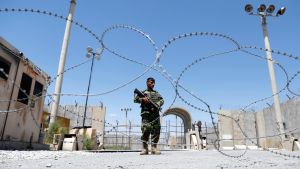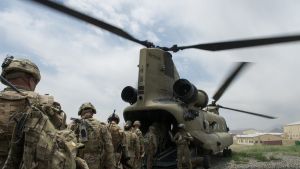Counterinsurgency's Failures, from Afghanistan to Vietnam
 Play Podcast
Play Podcast
About the Episode
After weeks of finger-pointing and accusations about the catastrophic US retreat from Afghanistan, we’re taking a step back to ask some big-picture questions. What if the problem isn’t the exit, but the strategy that started the intervention in the first place: counterinsurgency? US Naval War College author Jacqueline Hazelton joins Deep Dish to explain what went wrong and why we’re doomed to repeat our mistakes if we don’t shift strategies.
Key Moments
- Defining counterinsurgency doctrine (COIN) - 2:24
- Elite politics vs. “Winning Hearts and Minds” - 7:19
- Why its so hard for outside powers to influence local choices - 13:42
- Civilians as tools - 15:48
- Breaking insurgents’ will to fight - 18:53
- Use of force - 22:40
- The Afghanistan case - 25:33
- Policy lessons for the United States - 31:32
Reading List
- Jacqueline argues against the "Hearts-and-Minds Myth" for Foreign Affairs
- Max Boot explains why "America Still Needs Counterinsurgency" in Foreign Affairs
- How to think about counterinsurgency after Afghanistan from Defense One




Related Content
 Public Opinion
Public Opinion
Polling conducted in July for the 2021 Chicago Council Survey found seven out of ten Americans supported the withdrawal of US combat forces from Afghanistan by September 11.
 US Foreign Policy
US Foreign Policy
"The inevitability of the outcome does not make it any less tragic, but the tragedy does not make the decision to withdraw wrong," Senior Fellow Elizabeth Shackelford explains.
 Global Politics
Global Politics
Pakistan's military leaders lauded the Taliban's takeover of Afghanistan this week. But will Pakistan's domestic threats—from a shaky economy to a rise in domestic terrorism—threaten the country's stability as a result of new leadership next door?
